#大岡
Text

Yokohama, Japan
#Yokohama#Japan#sakura#cherry blossoms#flowers#nature#spring#hanami#nikon#d5500#日本#さくら#桜#花見#横浜#River#Ookagawa#大岡川
768 notes
·
View notes
Photo



大菩薩峠 (The Sword of Doom, 1966) dir. Kihachi Okamoto
1K notes
·
View notes
Text

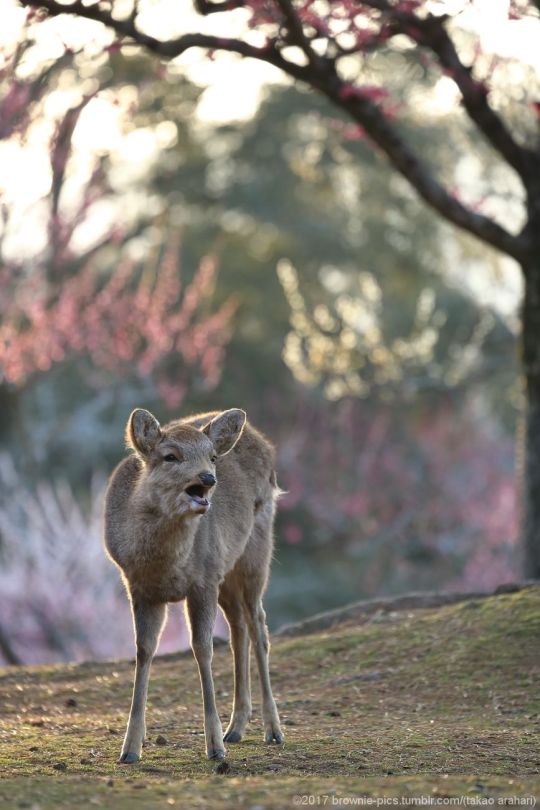

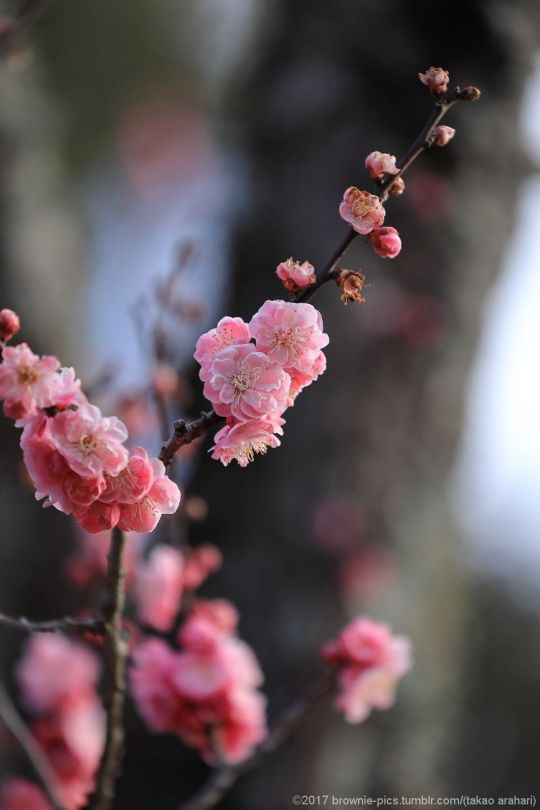





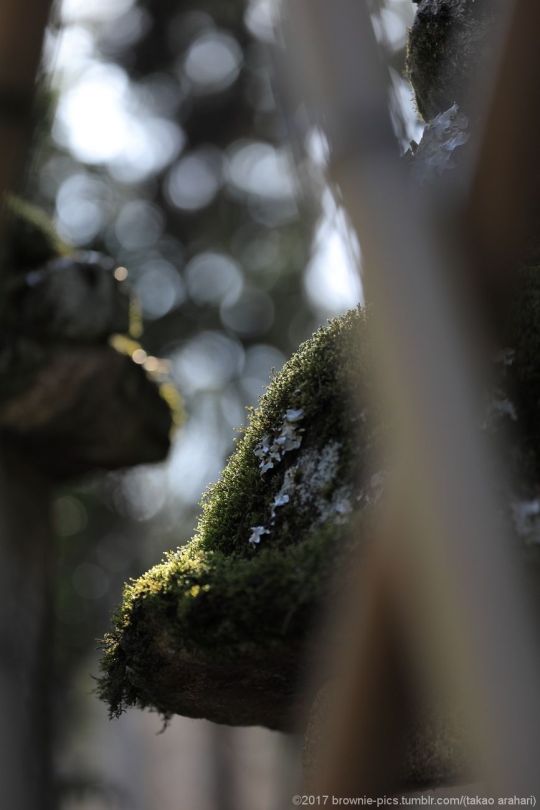

'24.3.10 片岡梅林、東大寺にて
霜を期待して出かけるもハズレ・・なので飛火野道向かいの梅林で梅撮り。鹿さんと梅のマッチング、高低差があって難しい・・。
今はお水取りの時期。お松明などの準備で活気づいてるだろうと二月堂へ向かいますが、道中の春の気配に引きずられてなかなか前に進めずw・・。
鐘楼を経由して、ようやくお堂の屋根が見えるとこまで来ました・・。
#奈良#nara#奈良公園#nara park#日本#japan#片岡梅林#kataoka plum grove#梅#plum blossoms#鹿#deer#東大寺#todaiji temple#photographers on tumblr#natgeoyourshot
227 notes
·
View notes
Text

A painted example of the Fuji Mandara (富士曼荼羅), a mandala depicting the sacred landscape of Mount Fuji populated with earnest pilgrims making their way to the peaks above inhabited by three manifesting Buddhist deities
Color on silk dating to the Muromachi period (1336-1573) from the collection of Fujisan Hongū Sengen Taisha Grand Shrine (富士山本宮浅間大社) in Fujinomiya, Shizuoka Prefecture
Image from "Shintō: The Sacred Art of Ancient Japan" edited by Victor Harris, published by the British Museum Press. 2001, page 181
#japanese art#buddhist art#曼荼羅#mandala#静岡県#shizuoka prefecture#富士宮市#fujinomiya#富士山#fujisan#mount fuji#富士山本宮浅間大社#fujisan hongu sengen taisha#富士曼荼羅#fuji mandara#crazyfoxarchives#arte japonés#arte budista#monte fuji
225 notes
·
View notes
Text
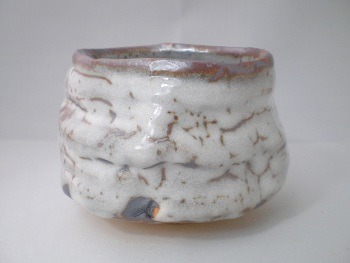
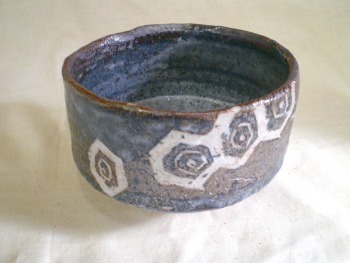
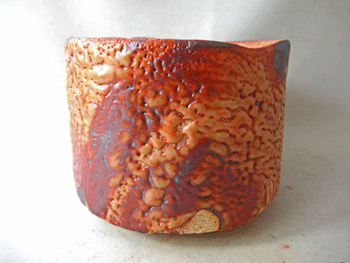
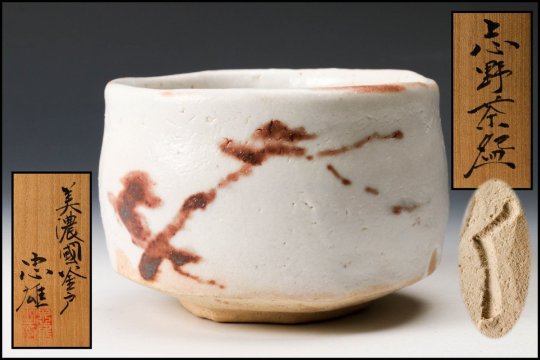

Sean bienvenidos, japonsistasarqueológicos, a una nueva entrega arqueológica, en esta ocasión nos vamos a la ciudad de Kameoka una vez dicho esto, pónganse cómodos que empezamos.
-
La ciudad de Kameoka, se localiza en la prefectura de Kioto, en la región de Kansai, nos vamos a trasladar a los hornos de Shino que se denominan así oficialmente :Sitios de producción de cerámica de Shino, Kioto alguna vez se llamó provincia de Tanba. A Continuación os pondré imágenes de dichas cerámicas, desde 1976 hasta 1986, con el fin de construir una carretera de peaje llamada Kyoto Jukanmichi, Shinogama fue excavada y supervisada continuamente.
-
Datan del periodo Nara entre los siglos VIII y IX, dicha área cubre un área amplia, desde la prefectura de Aomori en el norte hasta la prefectura de Miyazaki en el sur, el horno Otani No. 3, que investigó la Universidad de Osaka, también era un horno que producía cerámica vidriada en verde durante ese período.
-
Espero que os haya gustado y nos vemos en próximas publicaciones que pasen una buena semana.
-
日本の考古学者たちよ、ようこそ!今回は亀岡市です。 それでは、ごゆっくりお過ごしください。
-
関西の京都府にある亀岡市、これから移動して、志野窯、正式には志野焼生産地といいます、京都はかつて丹波国と呼ばれていました。この窯元の写真を紹介します。1976年から1986年まで、京都縦貫道という有料道路を作るために、篠窯は発掘され、継続的に監視されました。
-
8世紀から9世紀の奈良時代のもので、北は青森県から南は宮崎県までの広い範囲にあり、大阪大学が研究している大谷3号窯も、その時代に緑釉陶器を生産していた窯である。
-
私はあなたがそれを好きで、将来の記事であなたを参照してください願っています素敵な週を持っています。
Welcome, Japanese archaeologists, to a new archaeological instalment, this time we are going to the city of Kameoka. Having said that, make yourselves comfortable and let's get started.
The city of Kameoka, located in Kyoto prefecture, in the Kansai region, we are going to move to the Shino kilns which are officially called Shino pottery production sites, Kyoto was once called Tanba province. Here are some pictures of these potteries. From 1976 to 1986, in order to build a toll road called Kyoto Jukanmichi, Shinogama was excavated and continuously monitored.
Dating from the Nara period between the 8th and 9th centuries, this area covers a wide area from Aomori prefecture in the north to Miyazaki prefecture in the south, the Otani No. 3 kiln, which was researched by Osaka University, was also a kiln that produced green-glazed pottery during this period.
I hope you liked it and see you in future posts have a nice week.
#日本#歴史#考古学#奈良ペリド#ユネスコ#京都府#関西#丹波国#青森県#宮崎県#大阪大学#大阪#陶磁器#長岡京#平安京#考古遺跡#-#Japan#History#Archaeology#NaraPerid#UNESCO#Kyoto#Kansai#Tanbakuni#Aomori#Miyazaki#photography
74 notes
·
View notes
Text
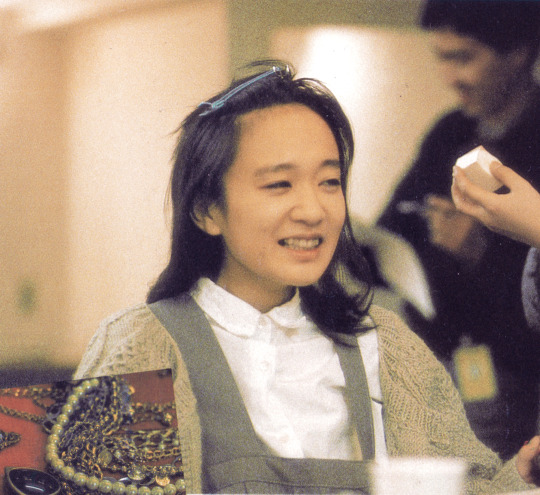


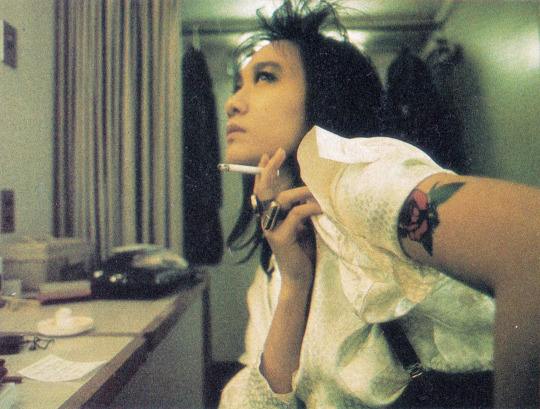
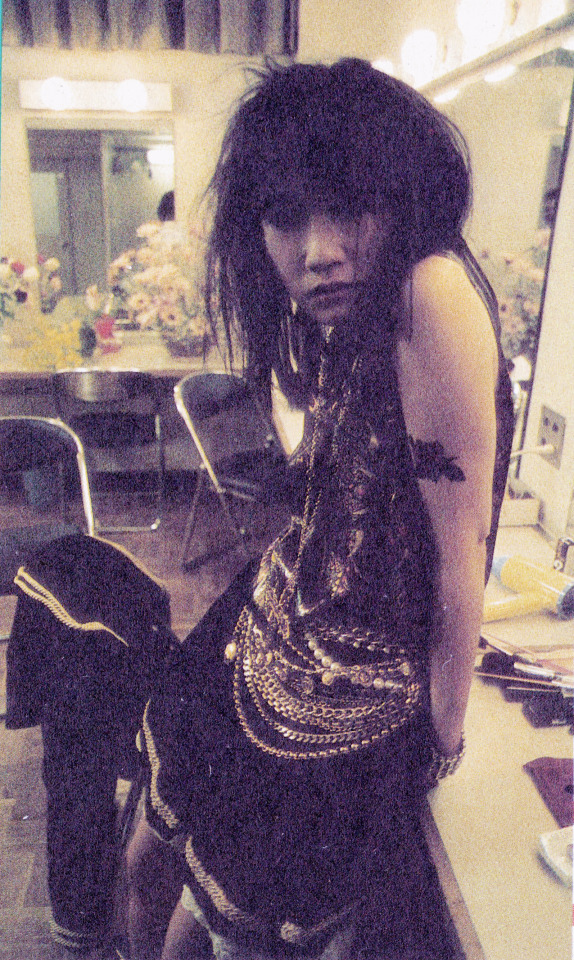

戸川純 jun togawa
1986.02.06LIVE at shinjuku mouses nenkin kaikan
photo: yoshiftoku OKANO 岡野嘉徳
#戸川純 #jun togawa #yoshiftoku OKANO #岡野嘉徳 #好き好き大好き #sukisukidaisuki #japan #music
467 notes
·
View notes
Text
博多祇園山笠 2011



博多祇園山笠 2011年 上から、土居流 大黒流 東流
38 notes
·
View notes
Text




NANA train
#nana#nana anime#nana manga#nana komatsu#ナナ#大崎 ナナ#小松 奈々#shinichi okazaki#岡崎 真一#本城 蓮#ren honjo#yasushi takagi#高木 泰士#train#japanese trains
451 notes
·
View notes
Text

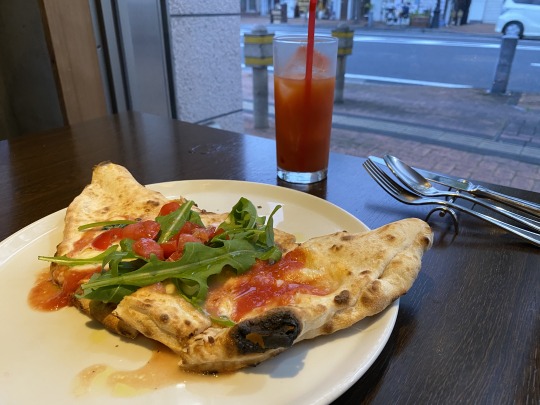


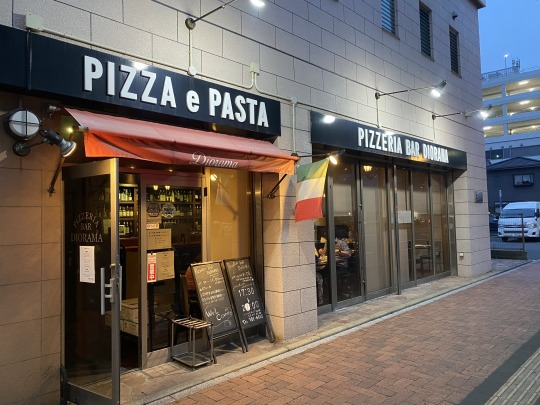
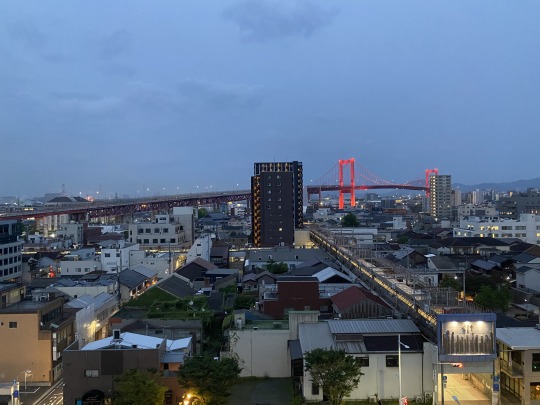


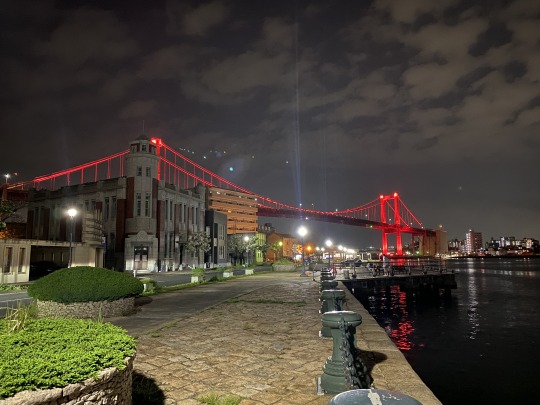

2024.4.28 福岡 北九州 若松 若戸大橋
PIZZERIA BAR DIORAMAさん 高塔山公園 若松南海岸通り
15 notes
·
View notes
Text
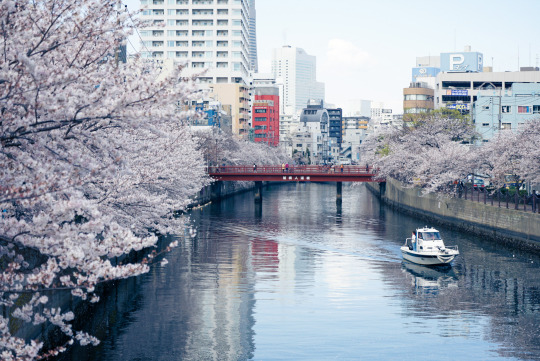

大岡川桜Part2
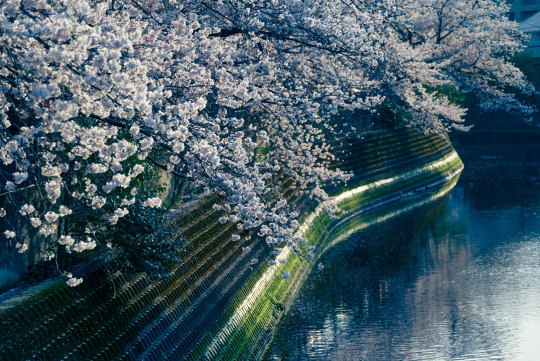
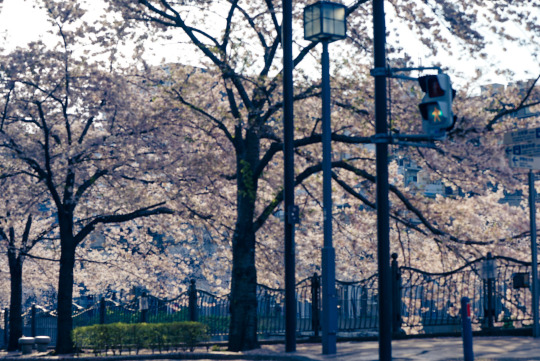
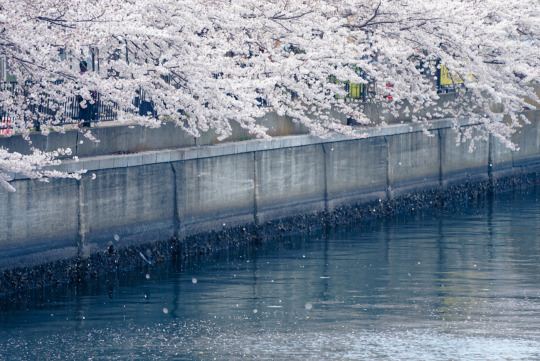
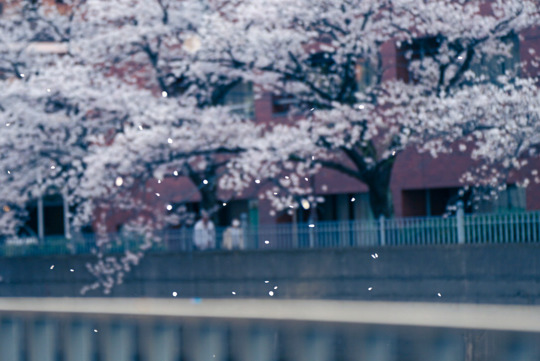

272 notes
·
View notes
Text

#前期#後期#skylinejapan#ykperformance#ykオート#静岡#浜松#大人の車遊び#ハコスカgtr#hakosuka#1975#1975 Nissan Laurel#Nissan Laurel#nissan#style#design#automotive#jdm#car porn
45 notes
·
View notes
Text

A painted illustration of the Tamatare-gū Engi (玉垂宮縁起), a medieval origin story of the shrine multiple episodes of which can be seen here with a cast of characters including Buddhist and local deities as well as historical and semi-historical figures
Color on silk dating to 1370 from the collection of Daizenji Tamatare-gū Shrine (大善寺玉垂宮) in Kurume, Fukuoka Prefecture
Image from "Shintō: The Sacred Art of Ancient Japan" edited by Victor Harris, published by the British Museum Press. 2001, page 185
#japanese art#buddhist art#縁起物#縁起#engi#福岡県#fukuoka prefecture#久留米市#kurume#大善寺玉垂宮#daizenji tamatare-gu#玉垂宮#tamatare-gu#玉垂宮縁起#tamatare-gu engi#crazyfoxarchives#arte japonés#arte budista
56 notes
·
View notes
Text
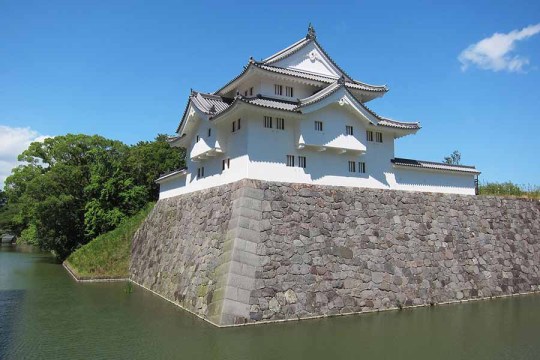
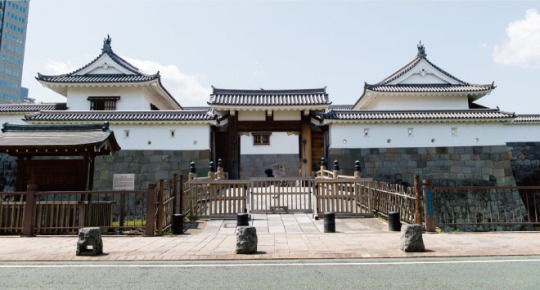
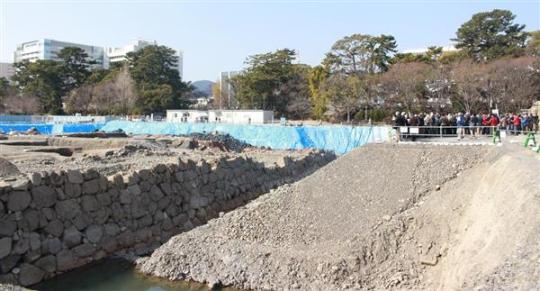
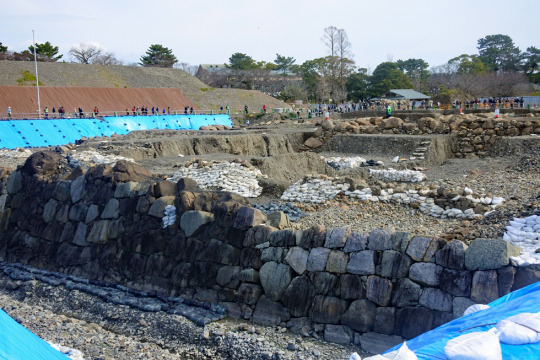
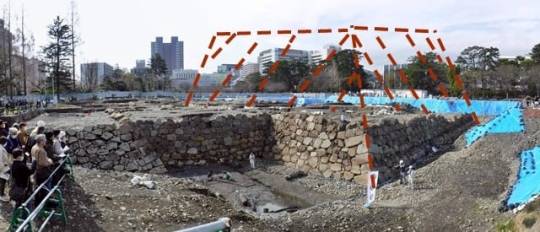
Sean bienvenidos japonistasarqueológicos, a una nueva entrega de arqueología nipona en esta ocasión os hablaré del castillo de Sunpu que se encuentra en la ciudad de Shizuoka, en la Prefectura de Shizuoka.
-
El castillo de Sunpu, fue en el lugar en donde vivó, Ieyasu Tokugawa en los siglos XVI-XVII, donde pasó sus últimos años de vida, las ruinas de las torres del castillo que se construyeron con diferentes métodos de construcción durante el período Sengoku y el período Edo.
-
Sunpu Castle Park es uno de los lugares turísticos representativos de la ciudad de Shizuoka es un parque que utiliza las ruinas del castillo, macizo de flores Aoi lleva el logo de la familia de Tokugawa como proyecto conmemorativo del 400 aniversario de Ieyasu Tokugawa. El área está bajo excavación, se encuentra en la zona noroeste y se está realizando actualmente la excavación de la torre del castillo.
-
Hay una parte del castillo que está muy reconstruida y que se puede visitar con un módico precio, dado que el segundo piso y los superiores no se pueden abrir al público debido a la ley de construcción, el piso se quita para que la estructura se pueda ver desde abajo.
-
La Puerta Este/Tatsumi Yagura, está rodeada por un foso y está cerca de la estación Shin-Shizuoka. La torreta Tatsumi Higashigomon y Tatsumi Yagura están conectadas,el Tatsumi Yagura fue restaurado en 1989 y la puerta este se restauró en 1996. La entrada al jardín Momijiyama está cerca de la puerta norte del parque del castillo de Sumpu. Hay un gran estanque en el centro, y está dividido en 9 áreas que se asemejan al paisaje de Shizuoka con flores de temporada. Hay una estatua de Yaji-san y Kita-san fue construida para conmemorar el 200 aniversario.
-
En 1585, Tokugawa Ieyasu comenzó la construcción del castillo y en 1588 se completó la torre del castillo Sunpu.Incluso después de que Ieyasu empezará el shogunato de Edo en 1603 y se mudó a Edo, la familia Tokugawa continuó preparándolo.Se dice que es el lugar donde Ieyasu regresó al castillo de Sumpu en 1607, se retiró y murió en 1616 a la edad de 75 años.
-
Espero que os haya gustado y nos vemos en próximas publicaciones, pasen una buena semana.
Welcome, Japanese archaeologists, to a new instalment of Japanese archaeology. This time I will be talking about Sunpu Castle, located in the city of Shizuoka, Shizuoka Prefecture.
-
Sunpu Castle was the place where Ieyasu Tokugawa lived in the 16th-17th centuries, where he spent the last years of his life. The ruins of the castle towers were built with different construction methods during the Sengoku and Edo periods.
-
Sunpu Castle Park is one of the representative tourist sites of Shizuoka City is a park that uses the ruins of the castle, Aoi flowerbed bears the logo of the Tokugawa family as a project commemorating the 400th anniversary of Ieyasu Tokugawa. The area is under excavation, it is located in the northwest area and the excavation of the castle tower is currently underway.
-
There is a part of the castle that is heavily reconstructed and can be visited for a small fee, as the first floor and above cannot be opened to the public due to construction law, the floor is removed so that the structure can be seen from below.
-
The East Gate/Tatsumi Yagura, is surrounded by a moat and is close to Shin-Shizuoka Station. The Tatsumi Higashigomon turret and Tatsumi Yagura are connected, the Tatsumi Yagura was restored in 1989 and the east gate was restored in 1996. The entrance to Momijiyama Garden is near the north gate of Sumpu Castle Park. There is a large pond in the centre, and it is divided into 9 areas that resemble the Shizuoka landscape with seasonal flowers. There is a statue of Yaji-san and Kita-san was built to commemorate the 200th anniversary.
-
In 1585, Tokugawa Ieyasu started the construction of the castle and in 1588 the Sunpu castle tower was completed. Even after Ieyasu started the Edo shogunate in 1603 and moved to Edo, the Tokugawa family continued to prepare it. It is said to be the place where Ieyasu returned to Sumpu castle in 1607, retired and died in 1616 at the age of 75.
-
I hope you liked it and see you in future posts, have a nice week.
日本の考古学者の皆さん、新しい日本考古学へようこそ。今回は、静岡県静岡市にある駿府城についてお話します。 - 駿府城は、16 世紀から 17 世紀にかけて徳川家康が晩年を過ごした場所です。天守閣跡は、戦国時代から江戸時代にかけてさまざまな工法で築かれました。
-
静岡市を代表する観光地の一つである駿府城公園は、徳川家康公400年記念事業として城跡を利用した公園で、葵花壇には徳川家のマークが刻まれています。発掘調査中のエリアで、北西部に位置し、現在天守閣の発掘調査が行われています。
-
城の一部は大規模に復元されており、1階以上は建築法の関係で一般公開できないため、床を撤去して下から構造を見学できるようになっており、低料金で見学できる。 。
-
新静岡駅からもほど近い、お堀に囲まれた東門・巽櫓。巽東御門櫓と巽櫓はつながっており、巽櫓は1989年、東門は1996年に復元されました。紅葉山庭園の入り口は駿府城公園の北門近くにあります。中央に大きな池があり、季節の花々が彩る静岡の風景をイメージした9つのエリアに分かれています。弥次さんと喜多さんの像があり、200年を記念して建てられました。
-
1585年に徳川家康が築城を開始し、1588年に駿府城天守閣が完成しました。 1603年に家康が江戸幕府を開き、江戸に移った後も、徳川家では仕込み続けられました。 1607年に家康が駿府城に戻り、隠居し、1616年に75歳で亡くなった場所といわれています。
-
気に入っていただければ幸いです。今後の投稿でお会いしましょう。良い一週間をお過ごしください。
#日本#歴史#ユネスコ#城#考古学#遺跡#徳川家康#戦国時代#駿府城#静岡市#葵の花#辰野櫓#紅葉山庭園#大名#静岡県#地理#人類遺産#japan#history#unesco#castle#archaeology#archaeologicalrests#TokugawaIeyasu#Sengokuperiod#SunpuCastle#ShizuokaCity#AoiFlowers#TatsuYagura#MomijiyamaGarden
29 notes
·
View notes
Text

世紀の大怪獣!! オカダ-岡田斗司夫のお蔵出し
岡田斗司夫
イースト・プレス
装丁・表紙CG=古賀学(ペッパーショップ)、表紙写真=佐伯剛則
#世紀の大怪獣!! オカダ-岡田斗司夫のお蔵出し#世紀の大怪獣!! オカダ#toshio okada#岡田斗司夫#manabu koga#古賀学#ペッパーショップ#佐伯剛則#anamon#古本屋あなもん#あなもん#book cover
31 notes
·
View notes



